Mid-Year Letter From
The Founder & CEO

Hello all,
As the Founder of Two Sevens Capital, this is the first long-form letter being sent to our friends, partners, and clients. I thought the mid-point of the year might be a good time to reach out more formally, and with that I’m grateful to be able to send this to you at this time for a few reasons:
As a Country, this month we’ve just celebrated Canada Day – recognizing the birth of our great nation. Although we may not be “perfect” in every way, I’ve been around long enough, and have travelled far and wide enough to know that in Canada, and as Canadians we are amongst the most privileged in the world, and that alone is worth celebrating. We are very fortunate to live, work and do business here – and we recognize that!
As a Company, this July we are celebrating our 1-Year Anniversary. While the genesis of this business has been many years in the making, and the Founding Team has nearly 50 years of collective industry experience, the business you know as Two Sevens Capital officially turned 1 on July 23rd.
As a Team, we’re recognizing the mid-point to 2019, which allows us the opportunity to reflect on our progress, successes, and missteps so far this year; yet also to recognize that we still have another 180 days to pursue our stated annual goals.
As an Opportunity, we already have 2 incredible investment offerings that we have successfully launched this year. They are strong indications of the types of Wealth Creation that we are focused on and are prioritizing for our clients, investors, partners and ourselves.
We look forward to those that follow.
But before looking ahead, I think it’s worth quickly going back to the beginning.
How did we get here? Or perhaps asked differently – Why did I start this business?
As many of you are aware, I spent a considerable amount of my professional time as a Wealth Advisor to High Net Worth Families across Canada. As a professional Advisor it was my job to help those families find ways to protect and growth their Wealth. To do that successfully, you need to blend financial planning, risk management, and investment management by constantly pursuing, evaluating, and managing relevant investment opportunities. The first 2 parts, although not very “sexy”, are important foundational pieces. Once contained for, they become rather simple to manage on a go-forward basis.
The third component: pursuing relevant investment opportunities – although exciting – is by far the toughest part.
When I first started out in the industry, I did so at a large financial institution that had armies of analysts and “experts” scouring the financial markets and investment universe, consolidating advice for us to dispense to our clients. It didn’t take long for me to recognize that these Recommended Lists and Guided Portfolios compiled by our Teams of Experts were exceptional analyses when judged singularly, in a vacuum; but they were often awful pieces of actionable advice when put to test in the market. As such, most weeks they weren’t worth the paper they were printed on.
The analysts didn’t always suffer, but clients often did, and many Advisors should be ashamed for having blindly followed their ideas year after year, collecting fees, regardless of how their clients fared.
Needing something more reliable, I busied myself with creating my own proprietary systems and processes for identifying good investment opportunities for my clients. During that time two things occurred almost simultaneously – both during the Credit Crisis of 2008:
o Correlations of all asset classes went to 1, which meant that all client portfolios built with exchange-traded assets declined in unison – basically anyone with a “buy-and-hold” investment portfolio that contained stocks, bonds, and investment funds all felt the pain. Deep Pain. Likely you did too!
o Private and Alternative Assets were steady, and even thrived, regardless of what the public markets were doing.
After helping clients navigate through the recovery, their appetites for strong, stable, un-correlated, income-producing, investments were high. Very high.
Their appetites for risk, uncertainty and volatility were low. Very low.
But their desire – and in many cases also their need – to expect a Return on Investment forced them UP the risk spectrum once again.
In part driven by professional compulsion, and in part driven by client demand, I set out to find simple, constructive ways to help my clients GROW their wealth, that wouldn’t unnecessarily subject them to the jittered, bi-polar markets like the ones produced by the DotCom Bubble, 9/11, the Credit Crisis, or even technical anomalies like the Flash Crash – all market events that I had personally endured over my career.
It seemed simple at first, but proved to be difficult longer term, because when you’re a member of a firm that is a division of a large bank, the only options available on the bank’s platform to you and your clients are the types of investment assets that the bank themselves are in business to underwrite: publicly traded securities – those same exchange-traded stocks, bonds, and investment funds that tend to misbehave when you need them the most.
While I was hitting brick walls internally, my clients were steadfast and insistent in us finding alternative ways to prosper:
They were bringing me the balance sheets of their own businesses, and private real estate holdings – often showing double-digit, tax-preferred, compounded annual growth.
They wanted more of that.
They were bringing me private M&A deals that their own networks were inviting them to participate in.
They were bringing me Letters of Interest for lucrative private lending arrangements.
And they were bringing me many other private and alternative investment opportunities that were not otherwise “approved” or available on my firm’s platform.
Although I couldn’t help them directly with most of those opportunities, what was clear is twofold:
1. they wanted another way;
2. but they also wanted trusted advice and a professional opinion to go along with it – they didn’t want to go it alone.
he compulsion to find alternative ways to protect and grow wealth became so powerful that I ended up leaving my thriving Wealth Advisory practice and my clients at the big firm. I was fortunate to be given the opportunity to join a private equity real estate firm as a partner. That business had amassed a $2.5B commercial real estate portfolio (REIT). This was a firm that was not simply “managing wealth”. They were actually “creating wealth” – for themselves and for their clients – through their own private investment pools. That distinction – creating wealth v. managing wealth – became very evident for me, which has now become one of the pillars of Two Sevens Capital:
Wealth Creation > Wealth Management
For context, over the course of my 3-year tenure, I was a party to nearly $1B worth of commercial real estate acquisitions, and approximately $500M worth of capital raised through private individual investors (people just like you), raising the market value of the real estate portfolios beyond $3.5B. I also sat through hundreds of hours of detailed financial and operational reviews of individual property and portfolio assets. I got to see how a (very) large, successful, private real estate portfolio gets built and managed. But I also got to see first-hand how those investment holdings became key foundational pieces to an individual investor’s portfolio – investors just like you.
This brings us full circle. After leaving the private REIT in the first half of 2018 I finally set out to build the investment firm that I want to be a client of for the rest of my life. I wanted to build a firm that actively participates in the investment process rather than running a business that simply sells another firm’s products or sells Advice. After nearly 20 years in the industry, we’ve now laid the foundation for a business that prioritizes finding opportunities for creating wealth that we can participate in together.
It’s starkly different than dispensing Advice.
So, what will our future bring?
We have started with initial offerings in private equity real estate, which was very intentional, because real estate is the asset class where most individuals start amassing wealth for themselves. I do believe that Real Estate will always be a core component of what we focus on for ourselves and our clients, but I also believe that as our team and capabilities grow, we will be looking for private co-investment opportunities in other asset classes as well.
Thanks for being with us for this first year. We look forward to many, many more.

Adam
Founder & CEO

